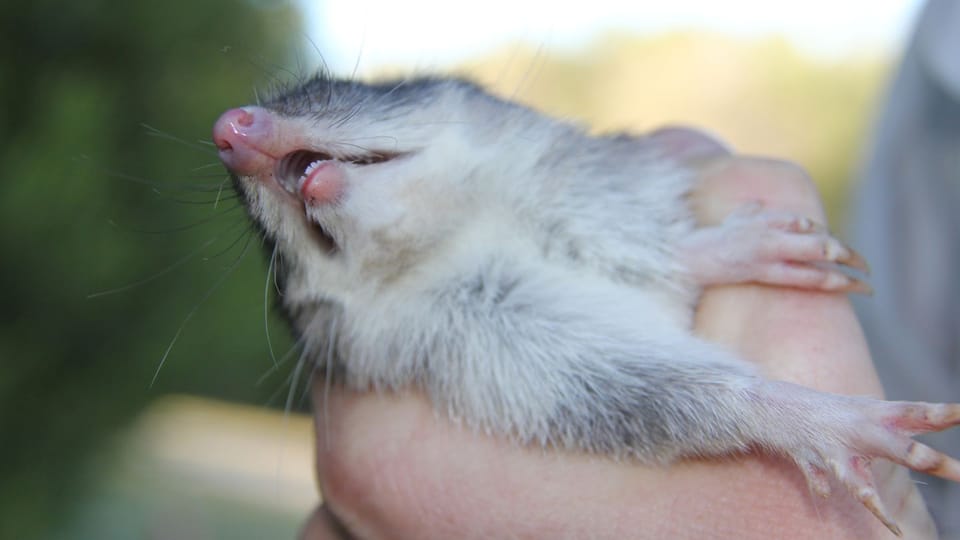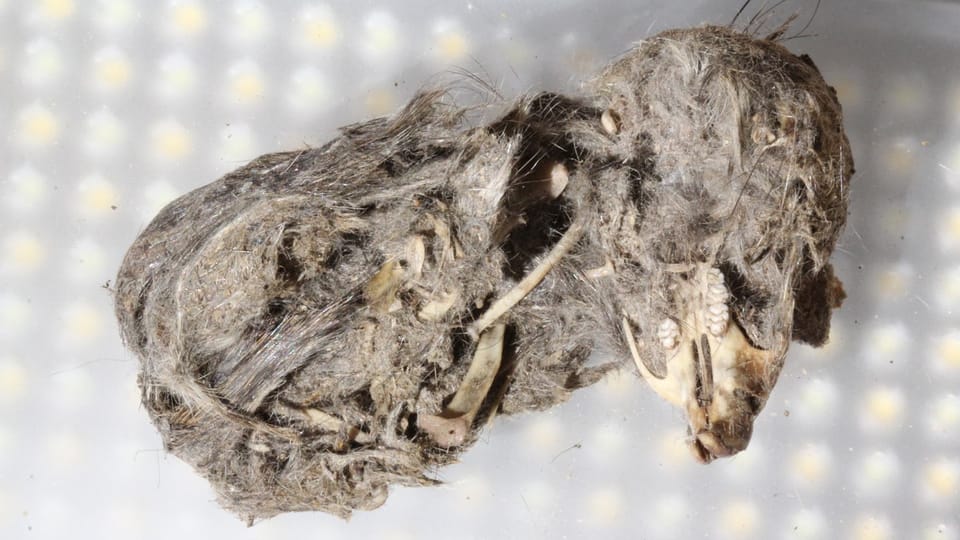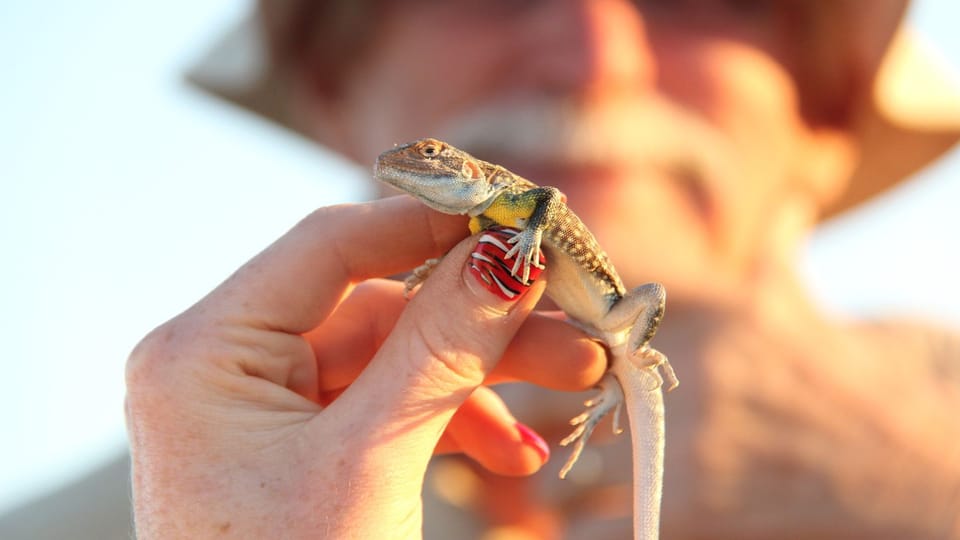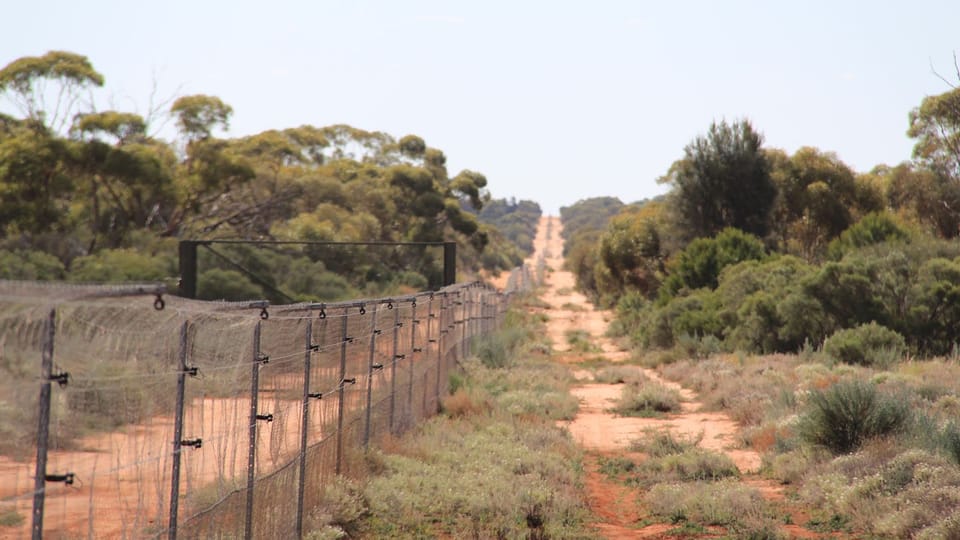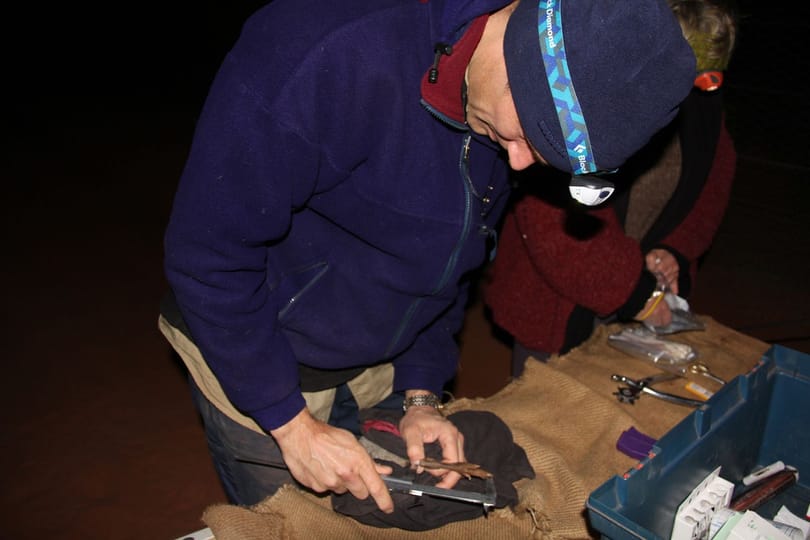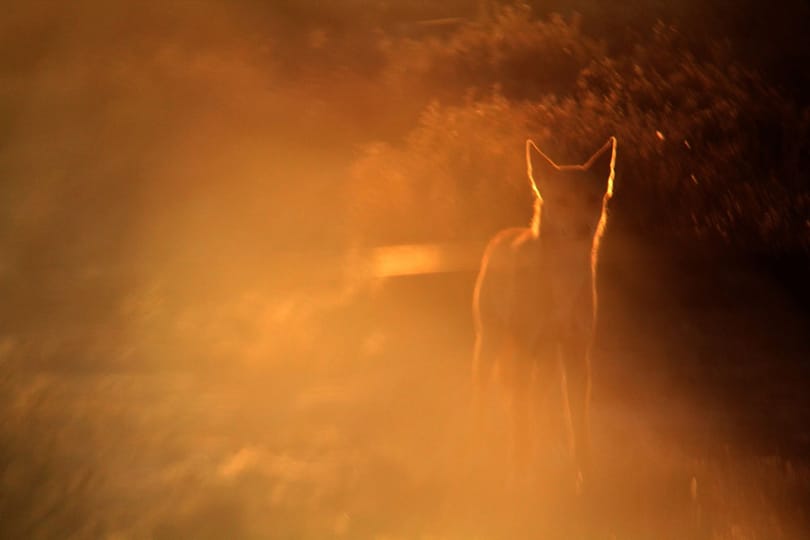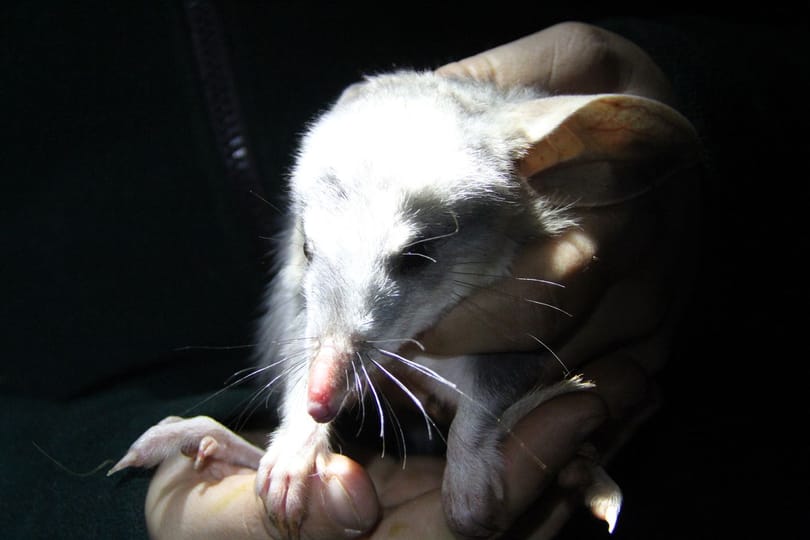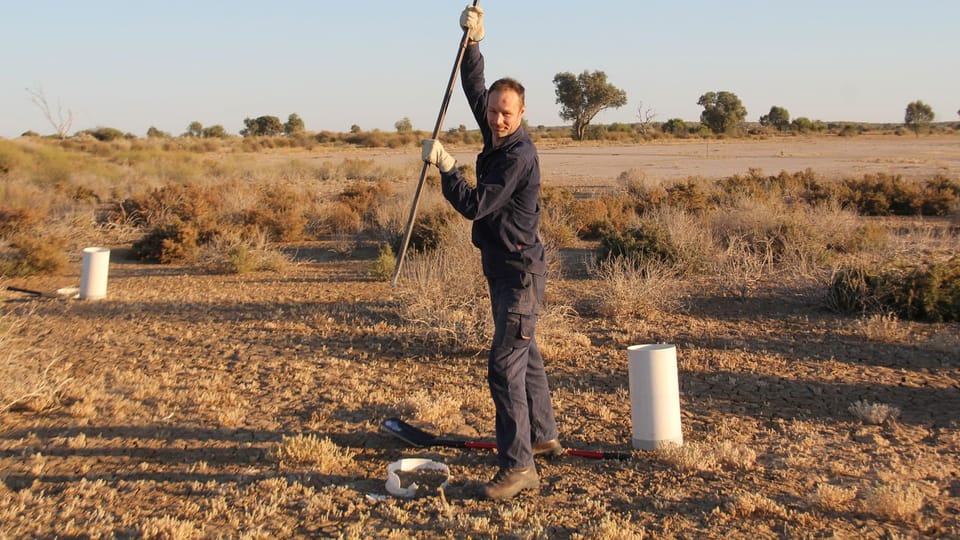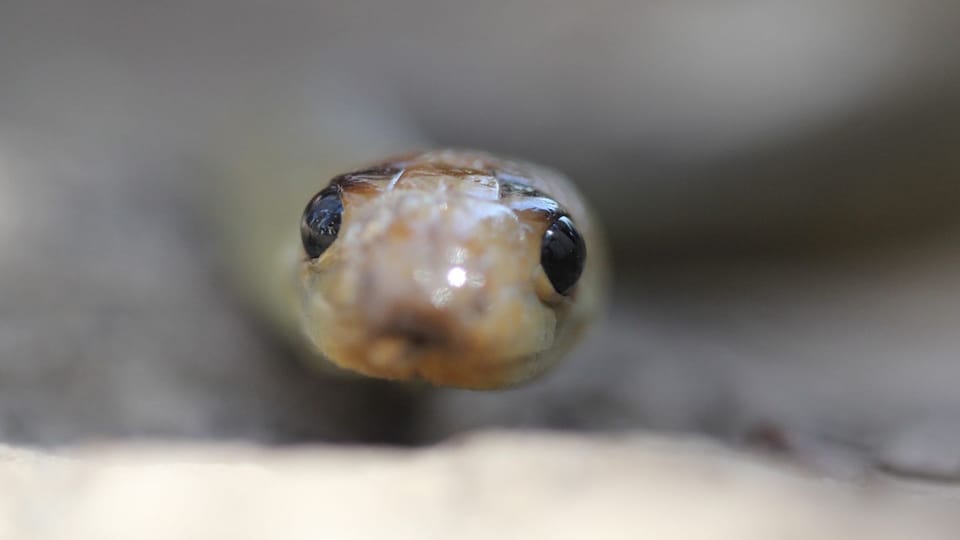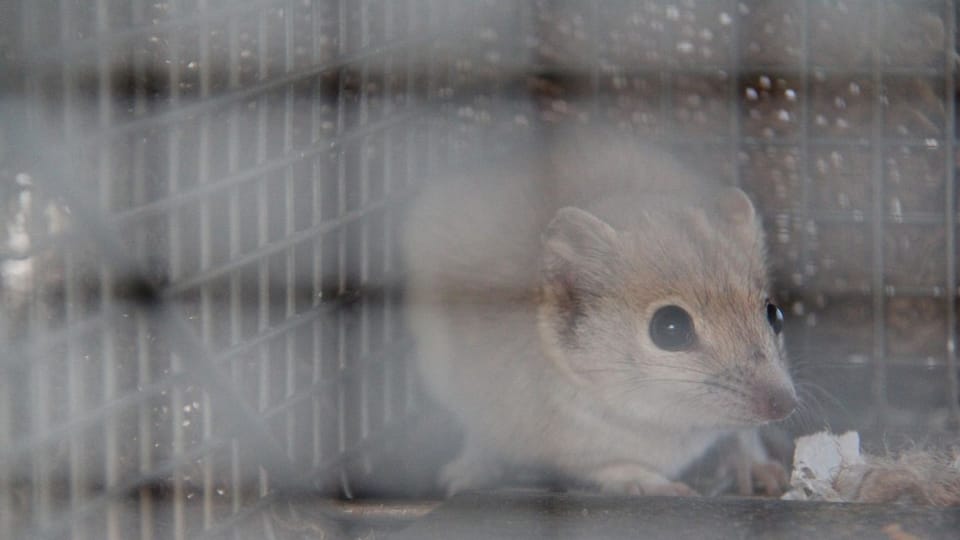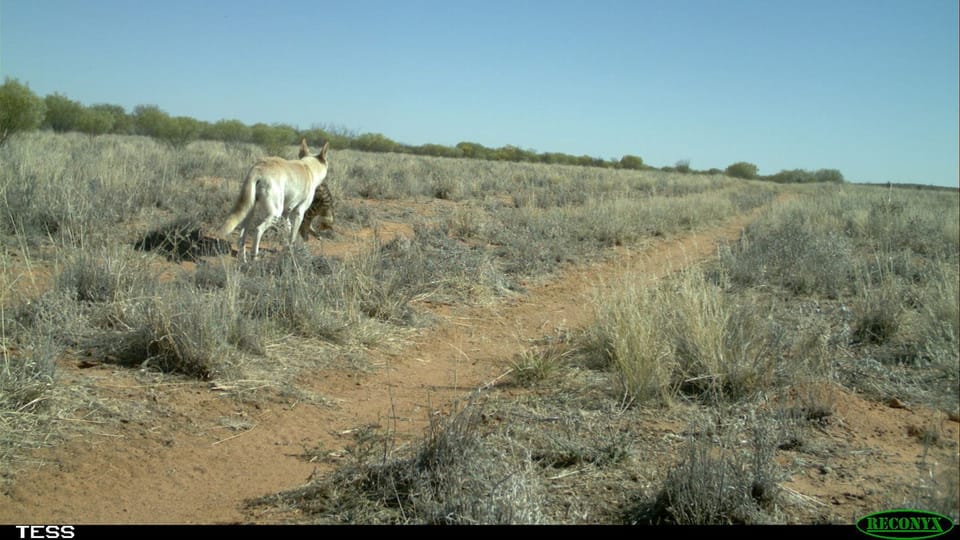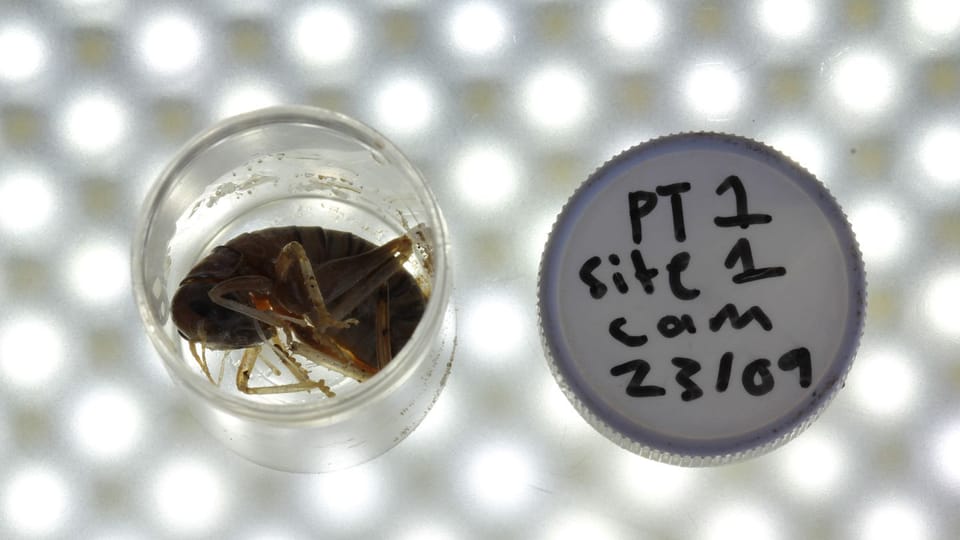Re-Introduction
This art-science research residency, funded through the Australian 'Synapse' art-science residency program, was developed in partnership with the Australian Wildlife Conservancy and their South-East regional scientist Matt Hayward. It is being conducted through a series of seven high intensity field-trips to AWC’s remote properties in VIC, NSW and SA. These trips coincide with key times at which the AWC’s mobile scientific teams are undertaking intensive scientific activities. The program coincides with specific events that Matt will lead in 2012 at Mallee Regions (Yookamurra, Scotia and Buckaringa), Lake Eyre Basin (Kalamurina) and Sydney (North Head).
One outcome will be the work Pitfall - a new media installation created in light, media, object, text and sound. It builds upon ideas and cross disciplinary processes developed during tyis residency/collaboration with Australian Wildlife Conservancy. Through working with their ecological scientists during pitfall-trap survey events used to survey small mammals and invertebrates, the work reflects upon the cultural and ecological ideas of a pitfall as an unapparent source of trouble or danger; a hidden hazard. A further outcome is the project Night Rage.
SHOWINGS:
1: Night Rage at ISEA 2013', Synapse: A Selection, Sydney Powerhouse Museum, 8 June-14th July 2013.
2: Pitfall at Mildura Palimpsest Site Specific Arts Biennial, Victoria, Australia, 11th Sept-1st Nov, 2013.
KEY PARTNERS:
Australian Network For Art and Technology Synapse Art Science Residency Program, Australian Wildlife Conservancy, QUT Creative Industries, QUT Interaction and Visual Design.
I work actively as a research assistant during these day and night long activities in order to gain in-depth, practical exposure to AWC’s cutting edge scientific processes and practices. Through the ‘watercooler effect’ of these extended interactions I concurrently develop focus for a mutually beneficial future projects as we begin to understand each other’s processes in fine detail. This arises through detailed practical work, conversation, direct experience and, where possible, a range of small-scale actual art-science experimental outcomes conductedon each site. (See blog). The residency will conclude with an exhibition of the ensuing creative process at Mildura Arts Centre for the 2013 Palimpsest – and whose regional reach/audiences are highly relevant to AWC’s HQ at Scotia. We are also conducting significant planning together towards a potential future ARC Synapse Linkage application based around the mapping of AWC conservation and cultural data.
EXCERPT - FROM ANAT PRESS RELEASE, 2012:
Australia has the highest mammal extinction rate in the world – not something to be proud of. To halt this decline, the Australian Wildlife Conservancy (AWC) acquires high ecological-value land, establishes sanctuaries and actively manages the land through feral animal control, weed eradication, fire management and the translocation of threatened species. This approach – practical land management informed by strong science – has at its heart an interdisciplinary focus that sits happily with one of Australia’s most established and successful artists, Keith Armstrong. Through a career spanning two decades, as well as his work as Senior Research Fellow at the Queensland University of Technology, Armstrong has focused on art-science and ecology-based collaborations with scientists, musicians, dancers, critical theorists and performers. With the AWC’s South-West Region Chief Scientist, Matt Hayward, he will explore ways of shifting cultural thinking to generate broad-based actions to reverse the decline of Australian habitat health and diversity.
Resources
Project Blog (hosted by ANAT)
